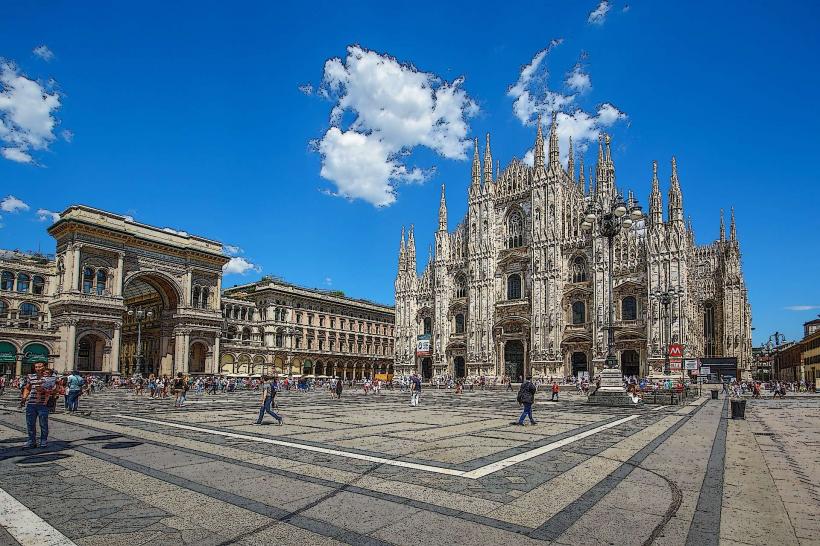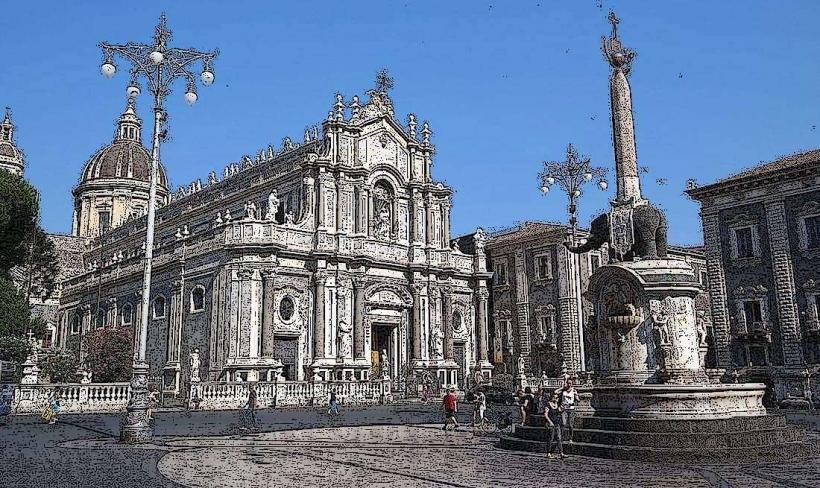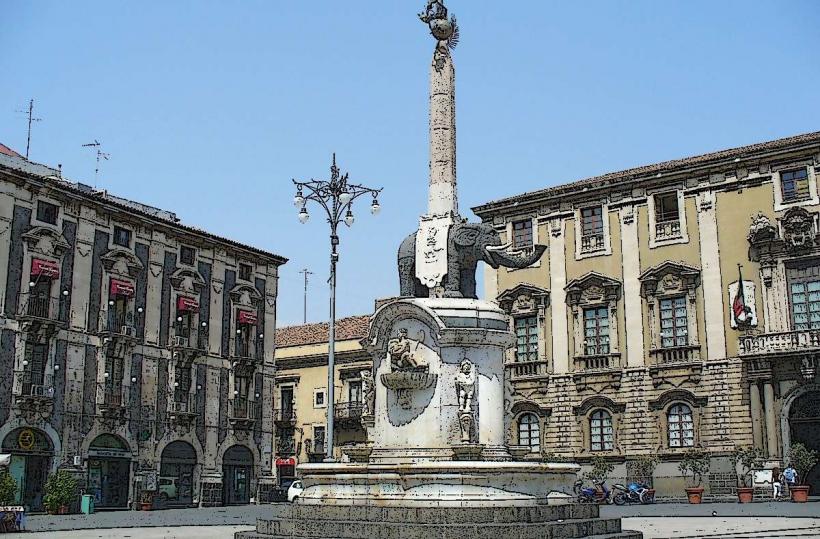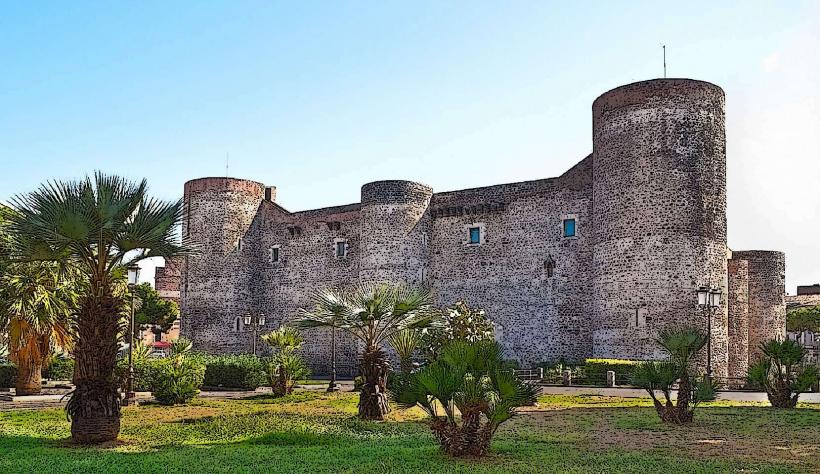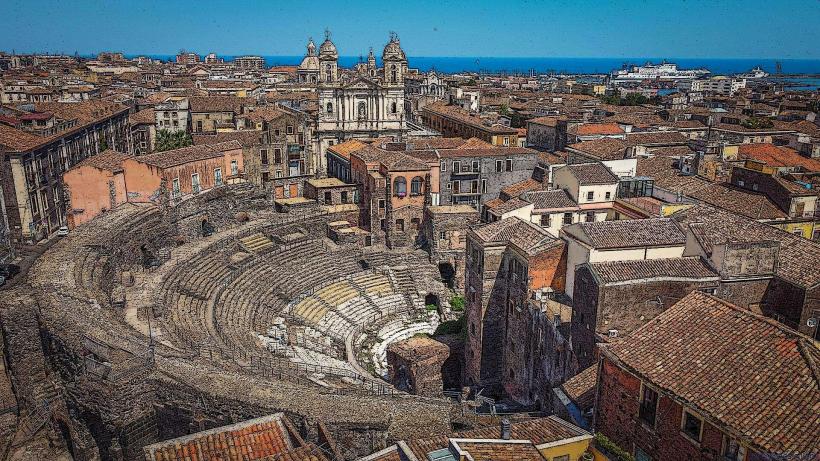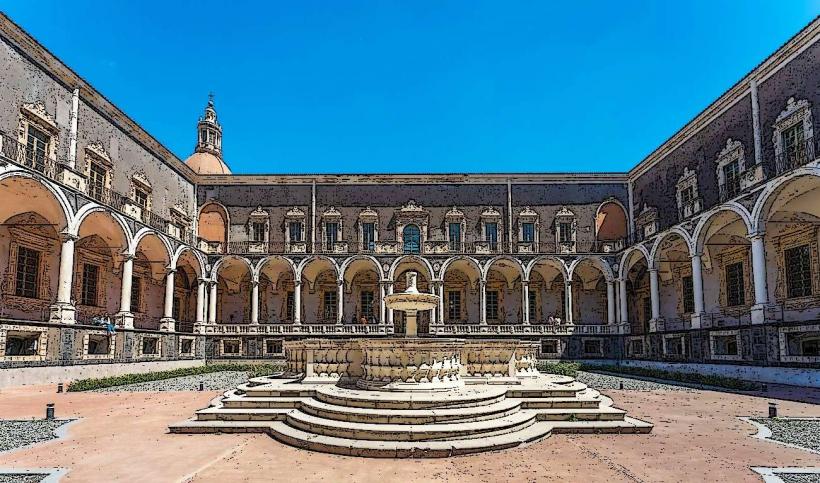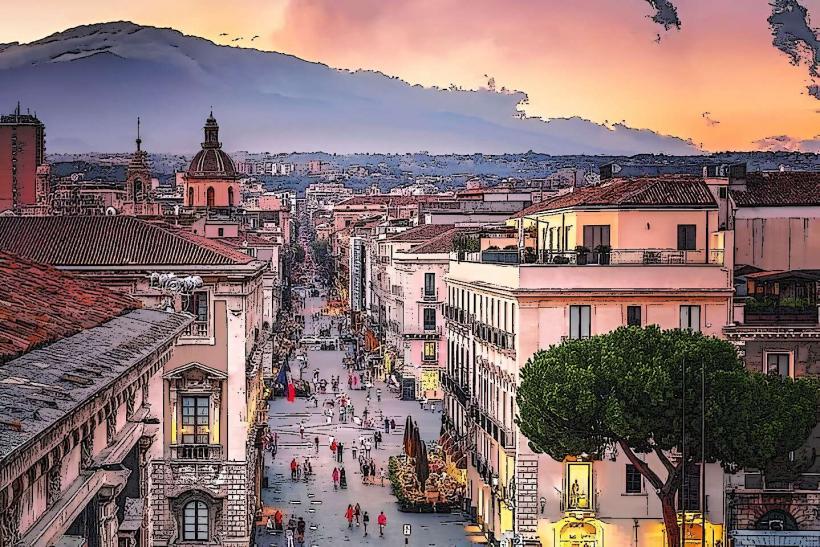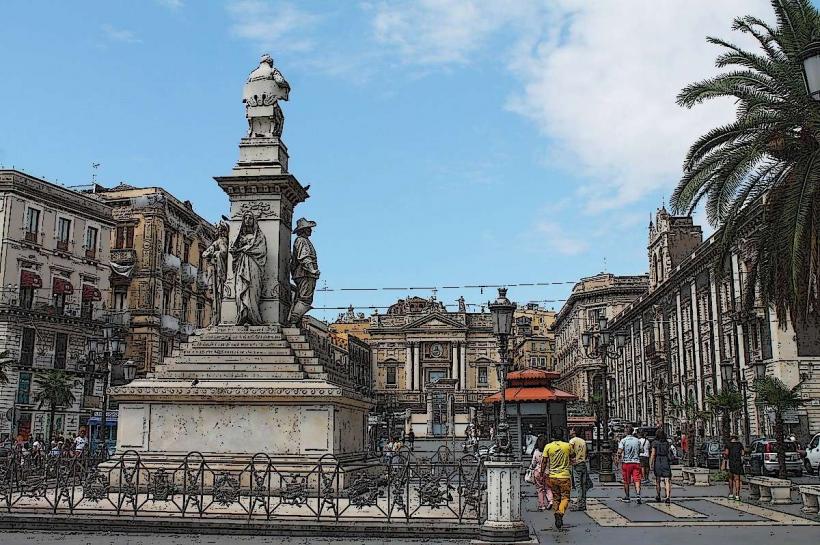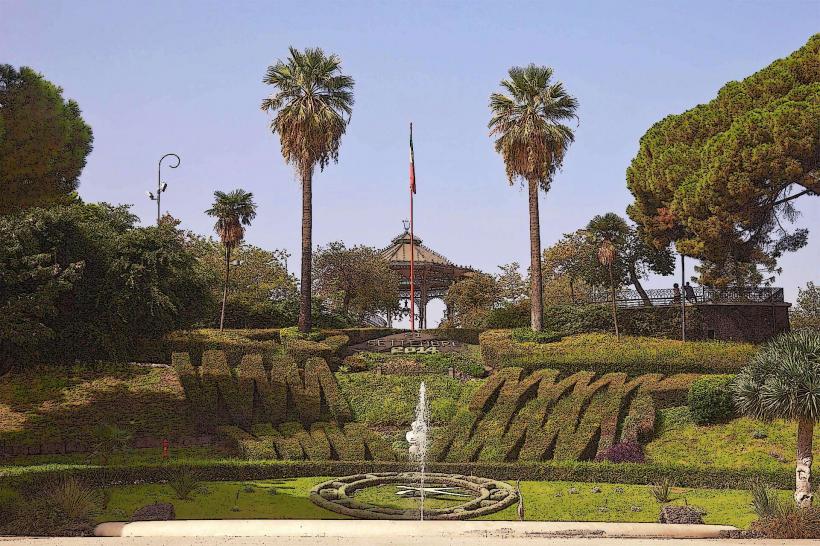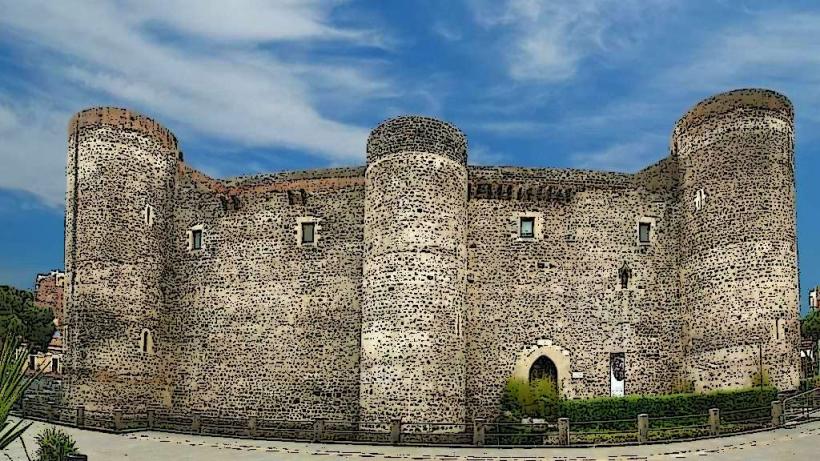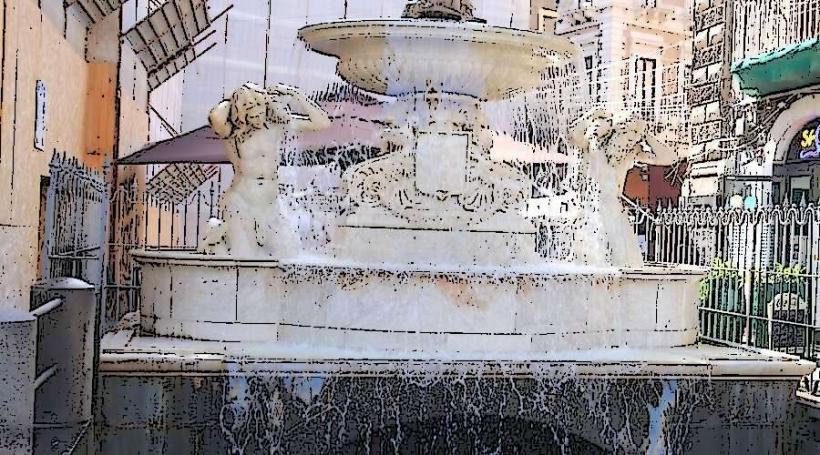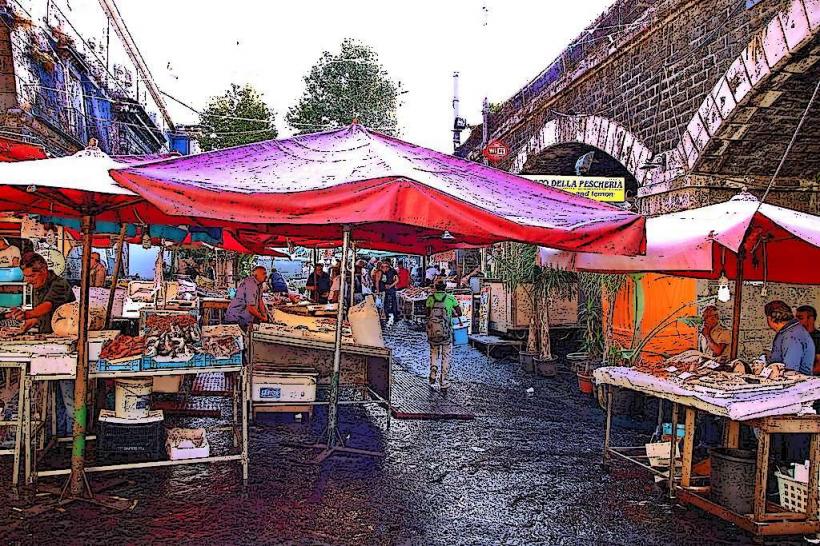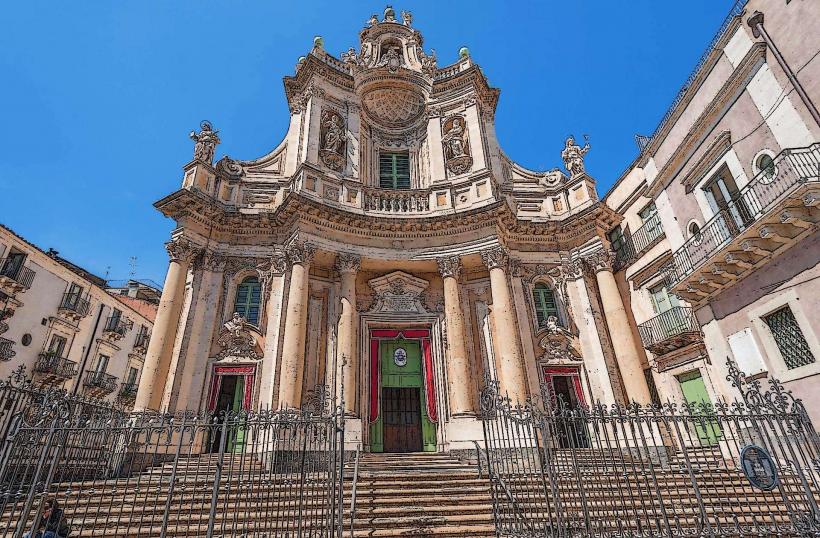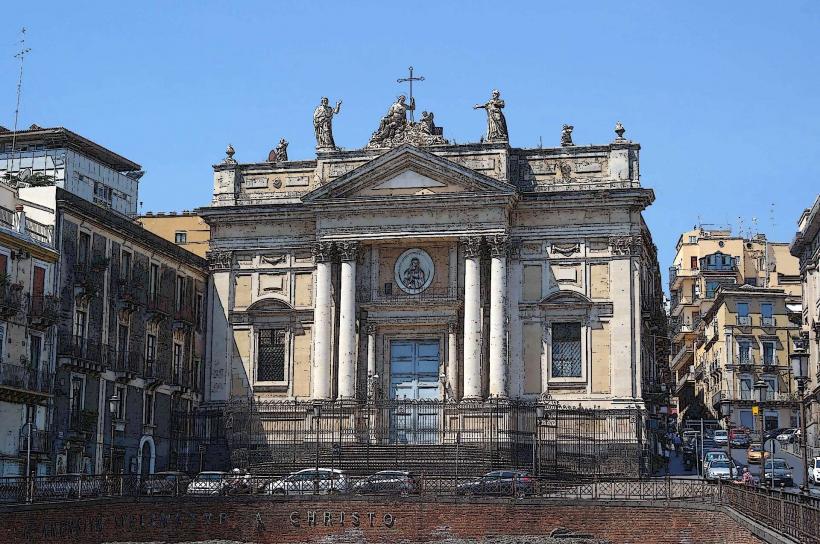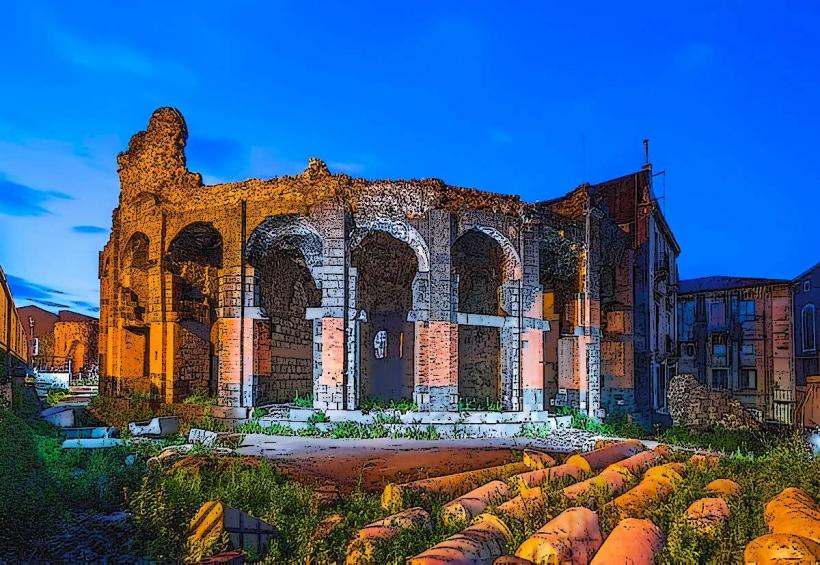Information
Landmark: Castello di AciCity: Catania
Country: Italy
Continent: Europe
The Castello di Aci (Castle of Aci), also known as Castello Normanno or the Norman Castle of Aci, is a historical castle located in the town of Aci Castello, a small municipality in the metropolitan area of Catania, Sicily. The castle is perched on a lava rock promontory overlooking the Ionian Sea and offers stunning views of the coastline and the nearby Mount Etna. Here is a detailed overview of the Castello di Aci:
1. Historical Background
- Norman Origins: The Castello di Aci has its origins in the Norman period of the 11th century. It was likely built by the Norman conquerors who arrived in Sicily under the leadership of Roger I of Sicily after the island was taken from the Arabs. The castle’s strategic location was chosen for its defensive advantages, offering a commanding view over the surrounding area.
- Medieval Strength: The castle was expanded and fortified during the Middle Ages, and it played a key role in the defense of the coastal area. Over time, the castle became a fortified residence for local nobility and was used as a military outpost to protect the coastal villages from invaders.
- Ownership Changes: Throughout the centuries, the castle changed ownership several times. It was controlled by various noble families, including the Aci family, after whom the town is named. The structure was eventually abandoned as a military stronghold and began to fall into disrepair.
2. Architectural Features
- Position and Structure: The Castello di Aci is built on a lava rock outcrop, a characteristic feature of the area due to its proximity to Mount Etna. This location provided natural protection, making the castle harder to access and giving it excellent visibility over the surrounding coast.
- Fortified Walls: The castle is surrounded by high defensive walls that were designed to protect it from enemy attacks. The walls are made from local lava stone, reflecting the geological characteristics of the region. The architecture has a mix of Norman and later medieval influences, with elements such as barrel vaults, arched windows, and towers.
- Keep and Towers: The central feature of the castle is its keep, a strong tower that served as the residence of the lord or governor of the area. The keep is built in a typical Norman style, with thick walls designed to withstand sieges. There are also corner towers that offered additional defensive capabilities.
- Sea Views: The castle’s elevated position offers sweeping views of the Ionian Sea and the surrounding area, including the town of Aci Trezza, famous for the Faraglioni (sea stacks) that inspired the myth of Polyphemus in Homer’s Odyssey.
3. Mythological and Cultural Significance
- Aci and Galatea Legend: The castle is closely tied to the myth of Aci and Galatea, which is a part of ancient Greek mythology. According to the myth, Aci was a young shepherd who was in love with the sea nymph Galatea. However, Polyphemus, the Cyclops, also loved her and, in a fit of jealousy, crushed Aci under a boulder. The myth is said to have taken place in the area around Aci Trezza, and the castle is part of the broader Aci area, linking it to this famous legend.
- Cultural Landmark: Today, the castle is a cultural landmark and one of the most recognizable structures in the region. It represents both the Norman history of Sicily and the island’s broader cultural and mythological heritage.
4. Current Status
- Restoration and Preservation: In modern times, the Castello di Aci has been the subject of several restoration projects aimed at preserving its historical integrity. Although much of the castle is in a state of ruin, the site remains a popular destination for visitors.
- Tourism: The castle is open to visitors and serves as a tourist attraction. Tourists can explore its remains, enjoy the views from the castle walls, and learn about the history and mythology associated with the site. The surrounding park area provides a peaceful setting, ideal for a leisurely visit.
5. Museum and Exhibitions
- Cultural Space: The Castello di Aci has also been converted into a space for cultural events, including art exhibitions, concerts, and historical presentations. The castle occasionally hosts theatrical performances and open-air events that bring the history of the site to life for visitors.
- Archaeological Finds: Some of the archaeological finds from the area, including ancient artifacts and remnants of the original castle, may be displayed in the castle or local museums. These exhibits offer visitors insights into the history of the region from the Greek and Roman periods through to the Medieval era.
6. Visiting the Castle
- Accessibility: The Castello di Aci is located in the town of Aci Castello, a short distance from Catania. The castle is easily accessible by car or public transportation from Catania and other nearby towns. It is situated near Aci Trezza, making it a convenient stop for tourists exploring the coast.
- Hours of Operation: The castle is generally open for public visits, though it is advisable to check the exact visiting hours, as they may vary depending on the season or special events. There may also be a small entrance fee.
7. Conclusion
The Castello di Aci is a captivating historical and cultural monument that offers a glimpse into Sicily’s Norman past and its rich mythological heritage. Its strategic position, stunning views, and architectural features make it a worthwhile destination for those interested in history, architecture, and mythology. Whether you're drawn to the castle's historical significance, its connection to Greek mythology, or its picturesque setting overlooking the Ionian Sea, the Castello di Aci is a must-visit landmark in Sicily.


